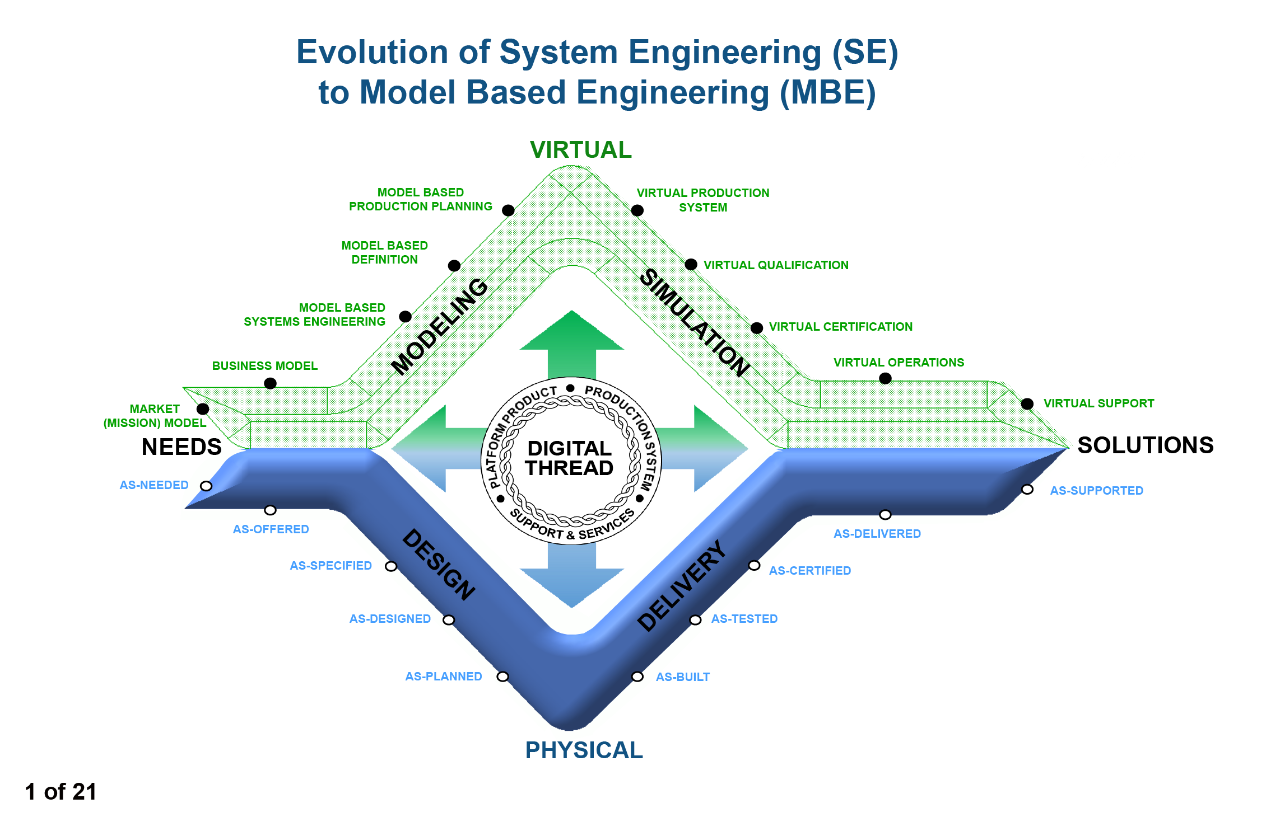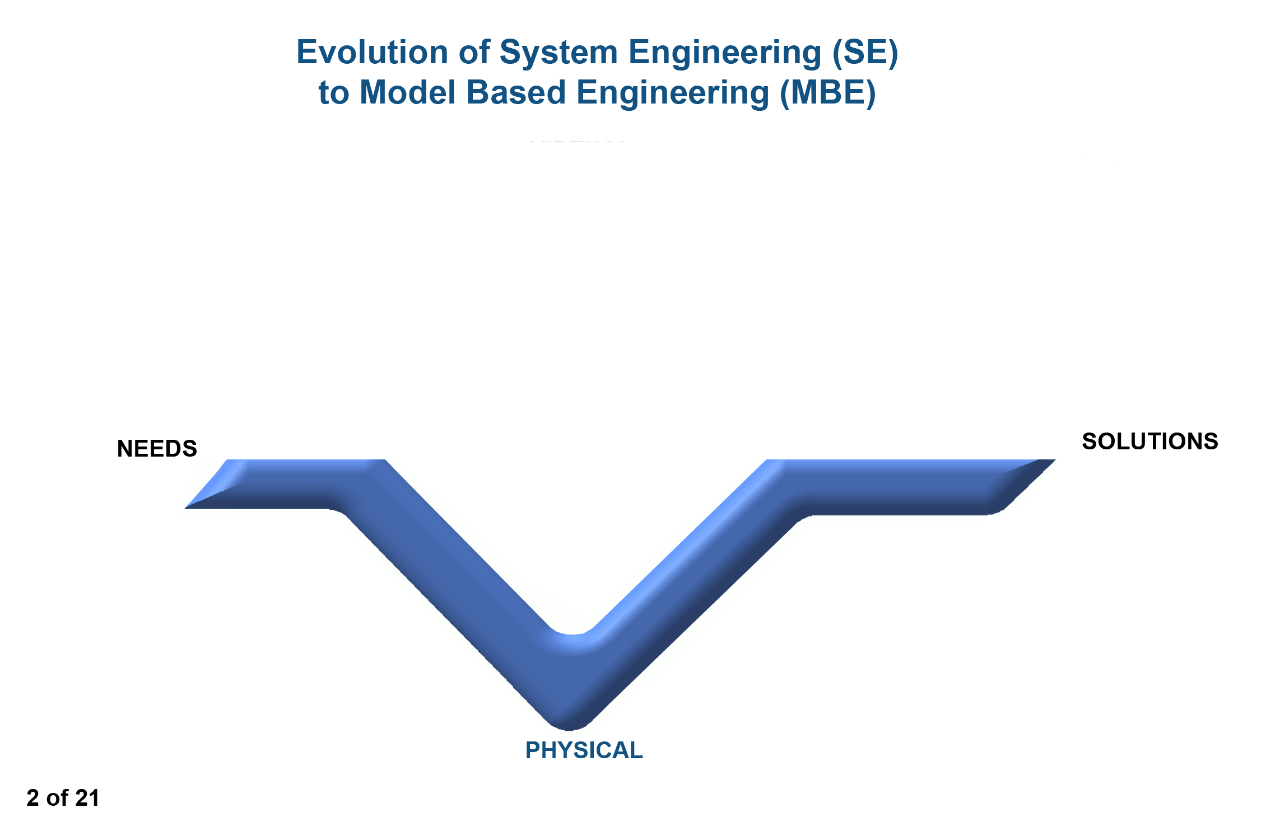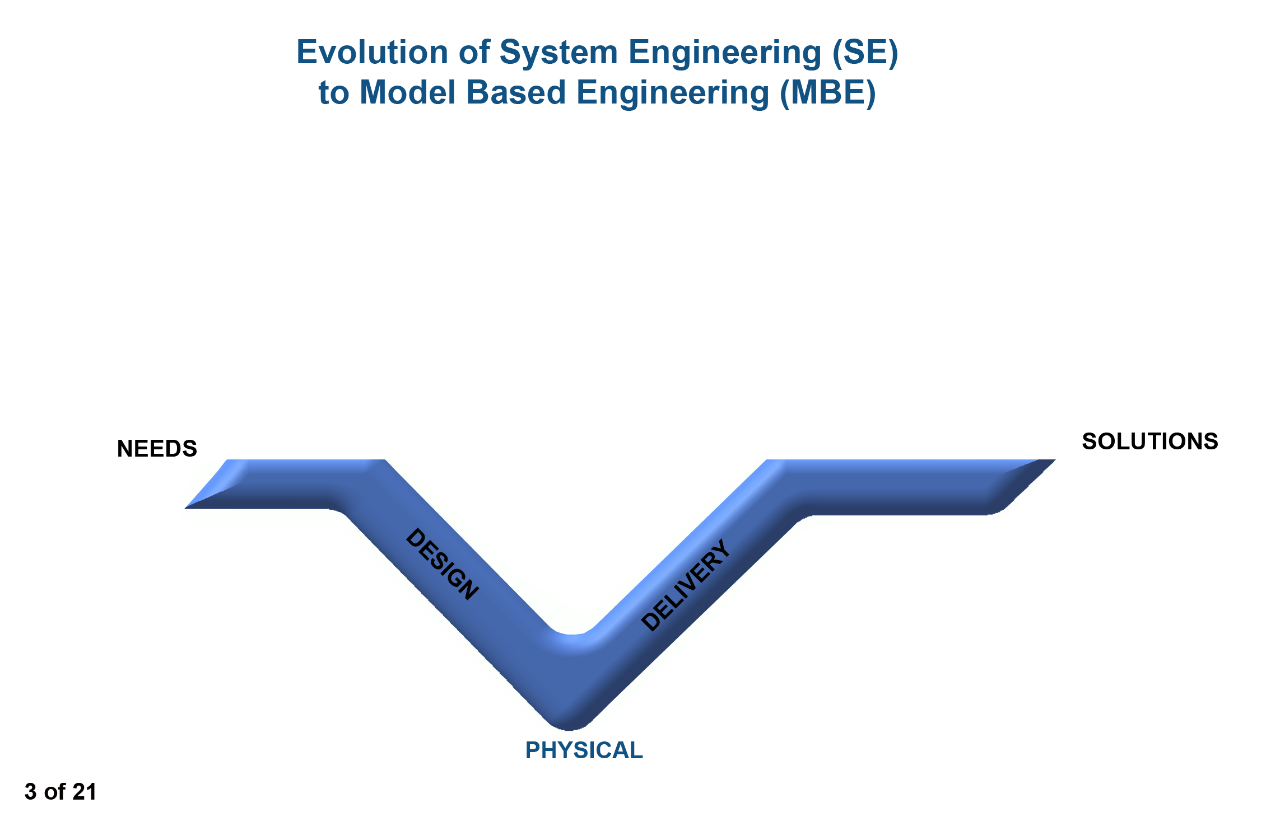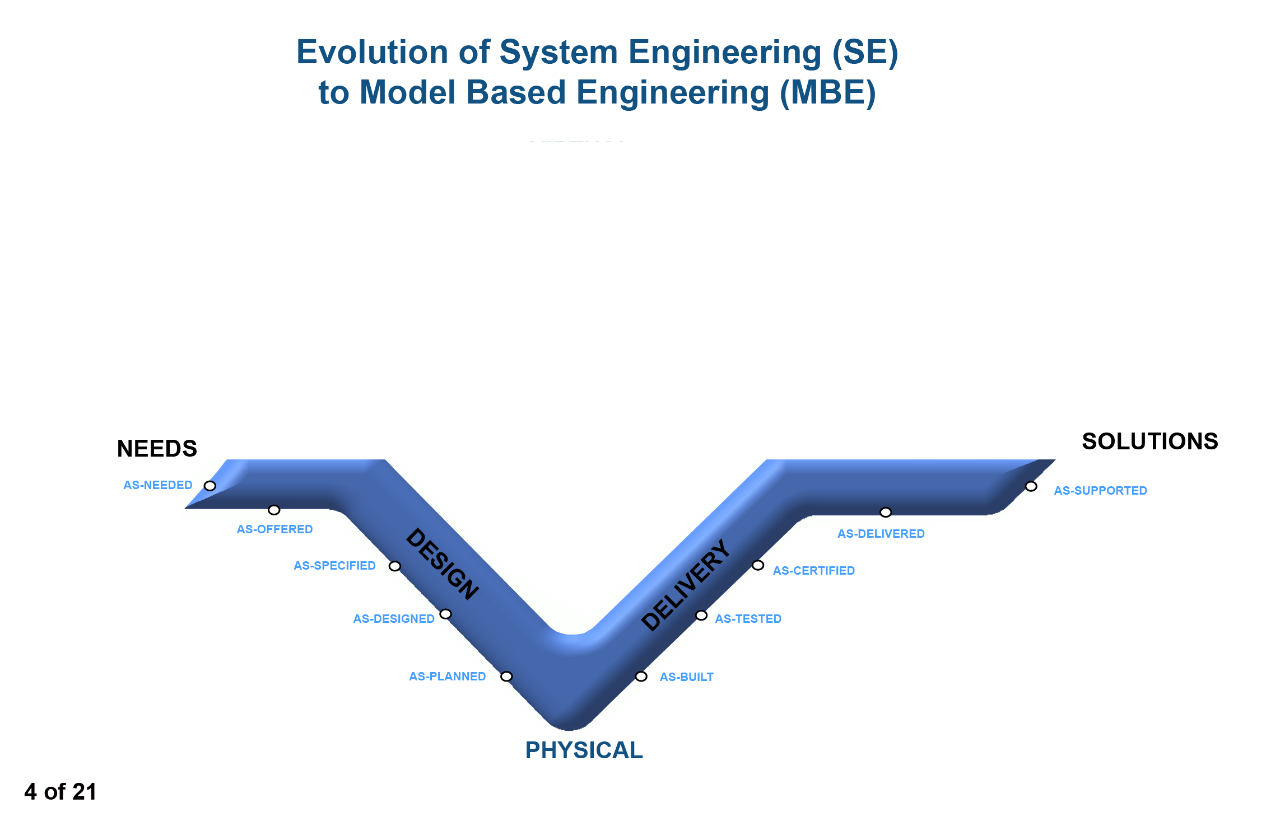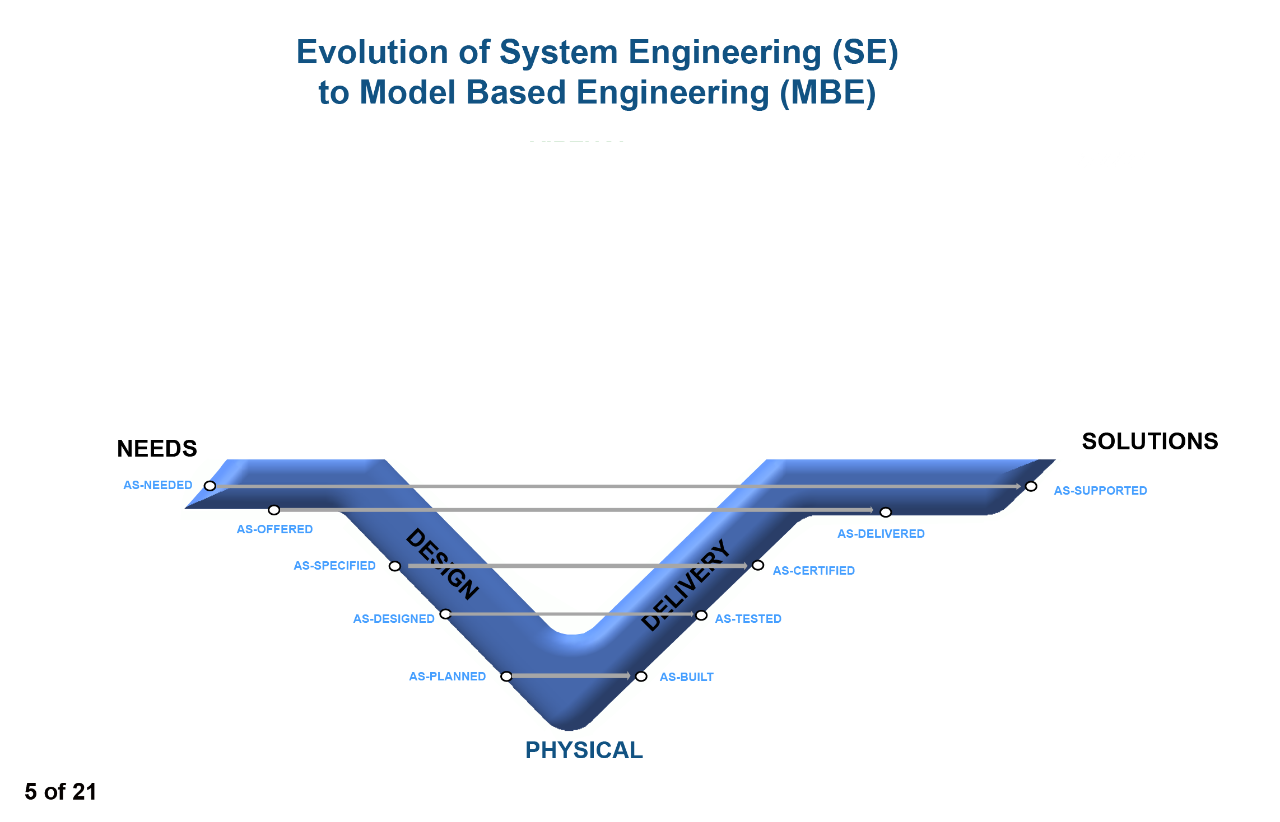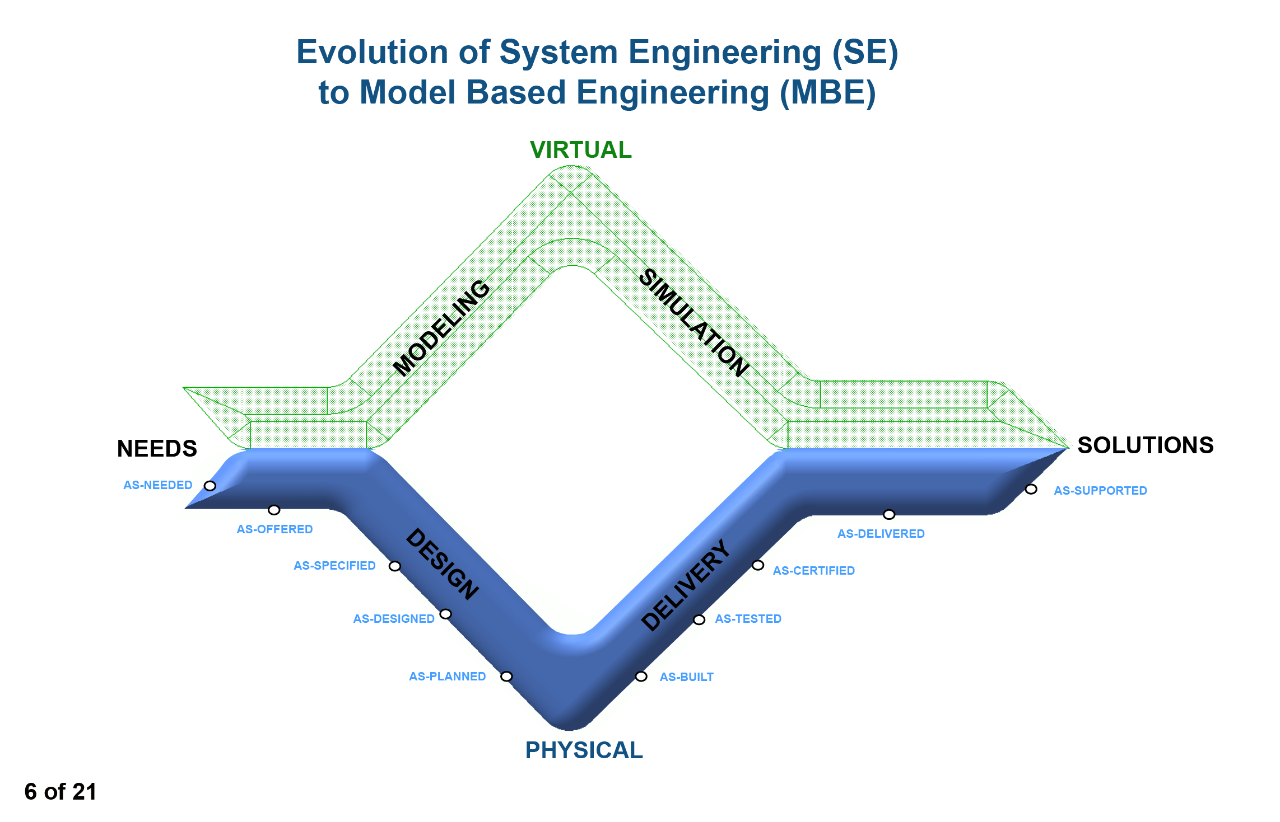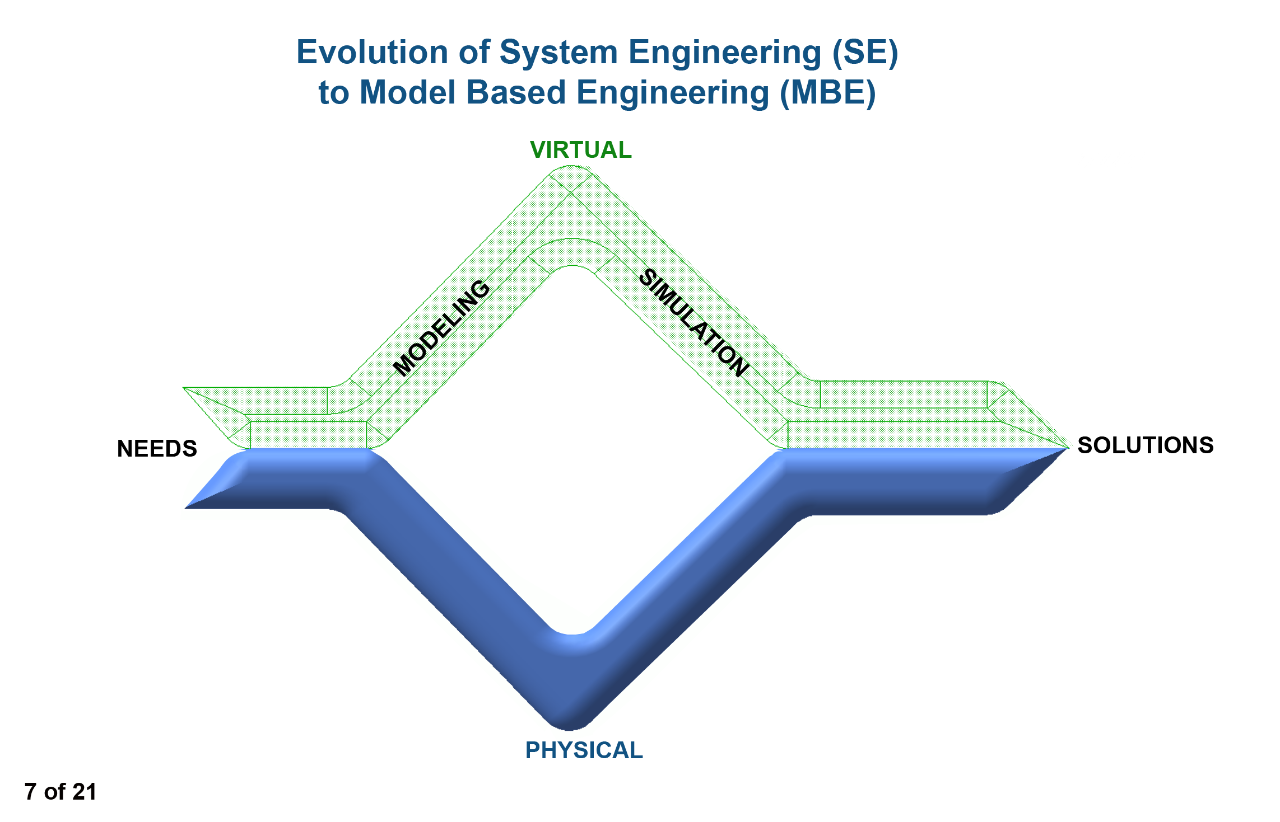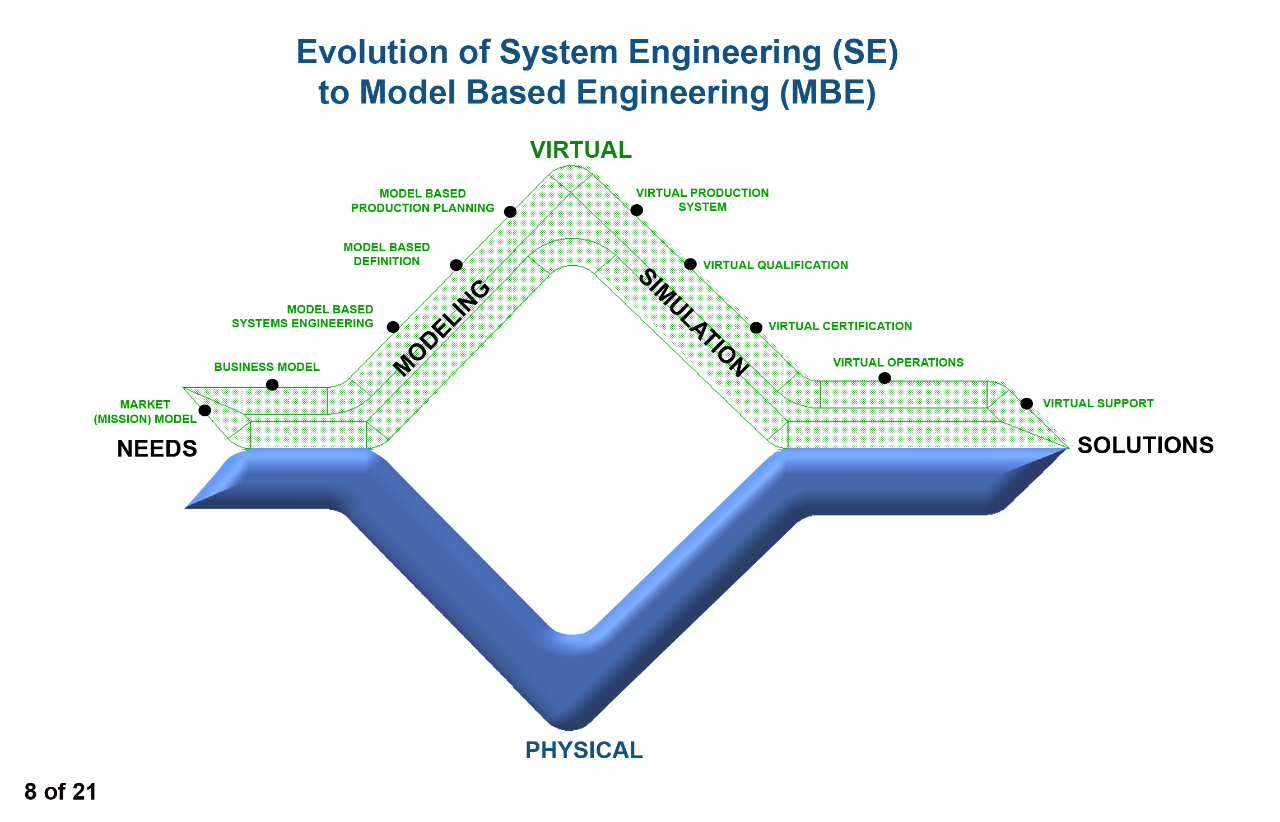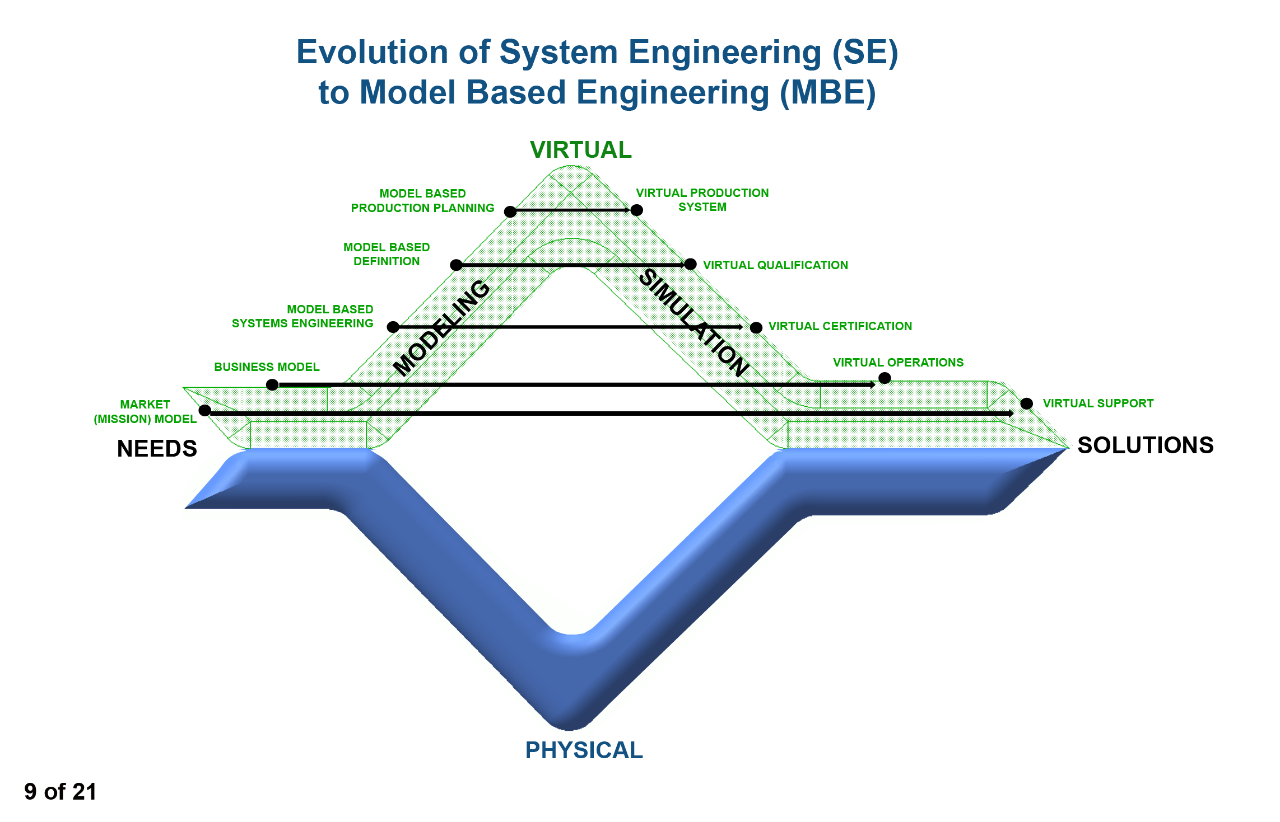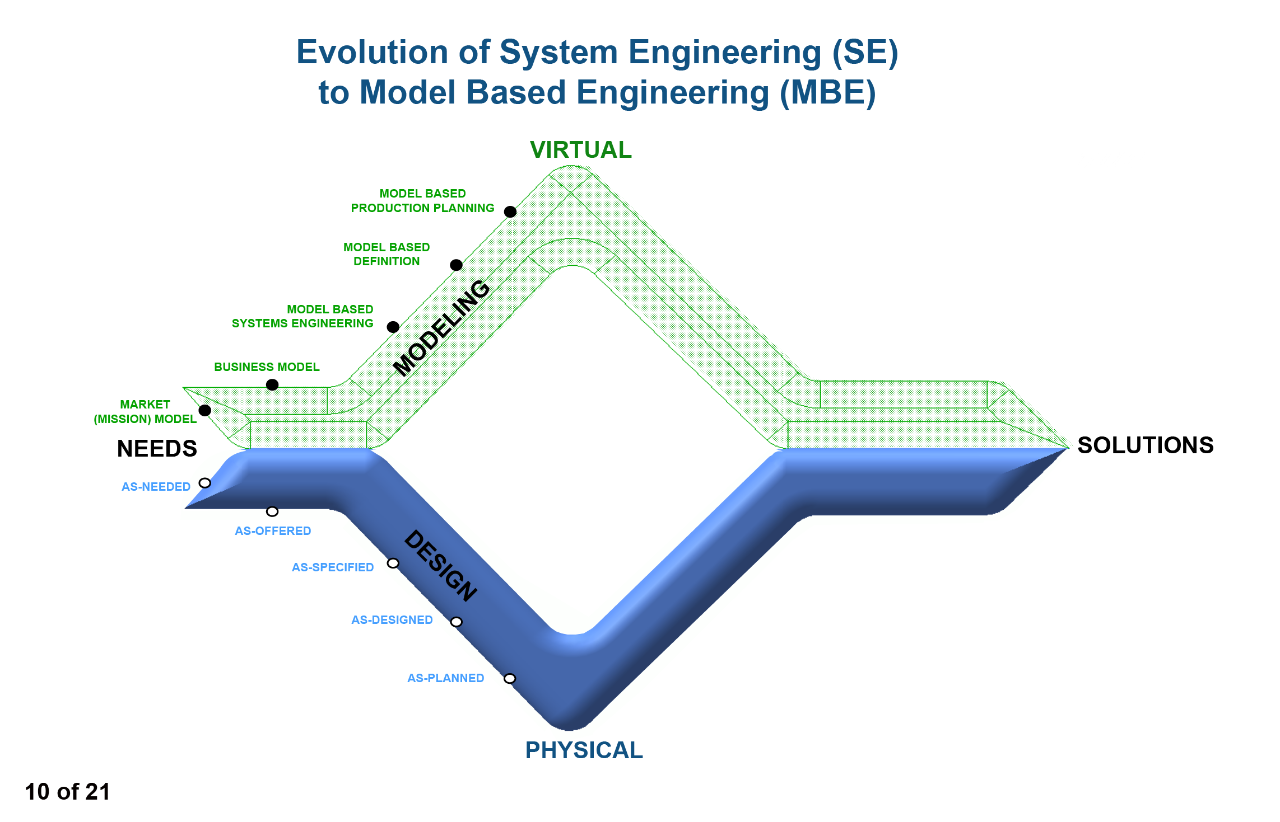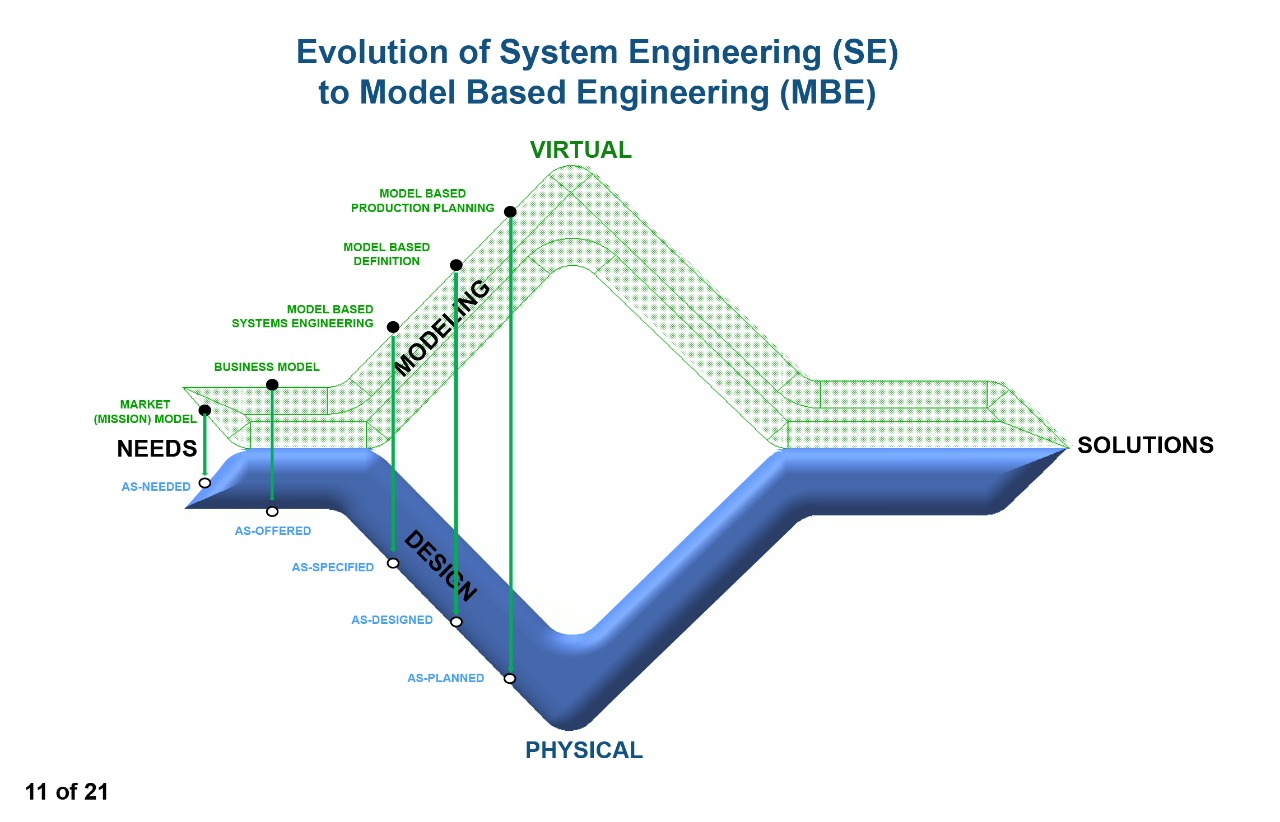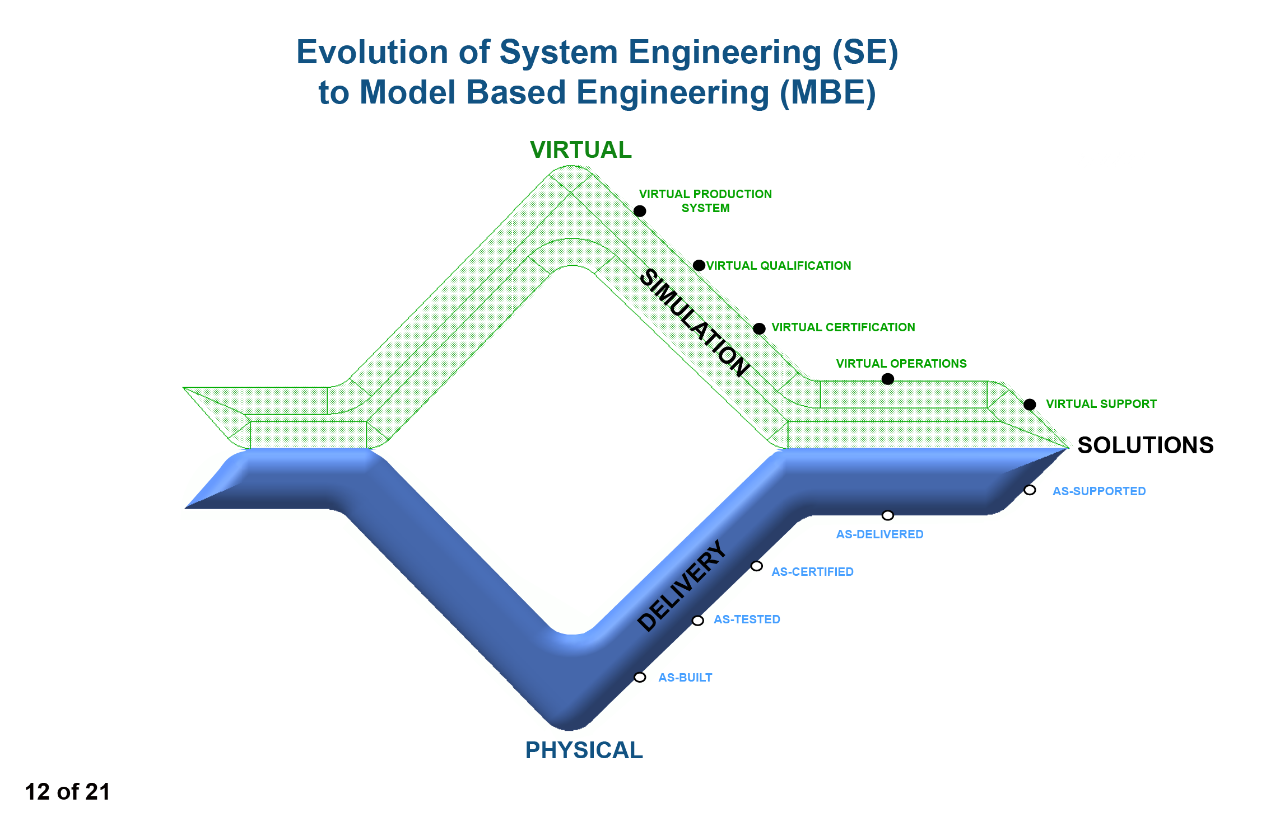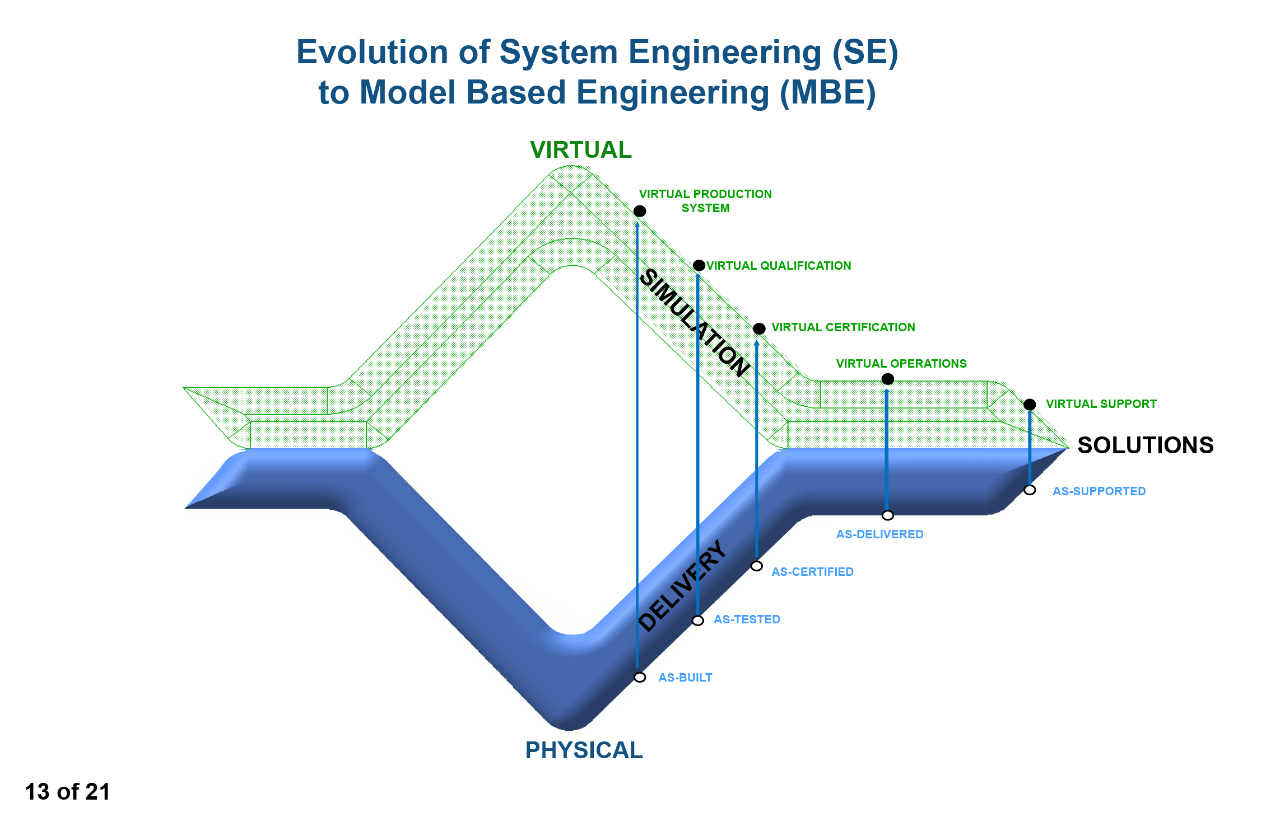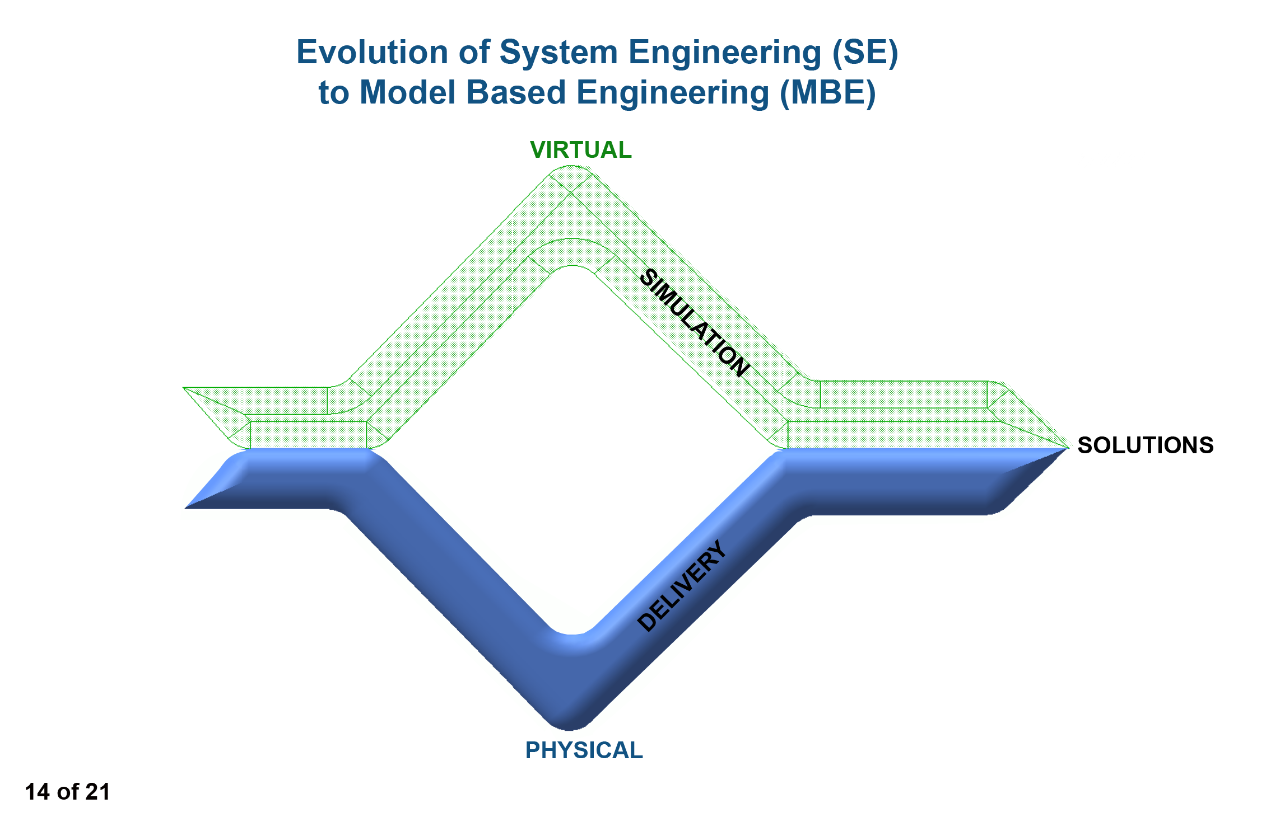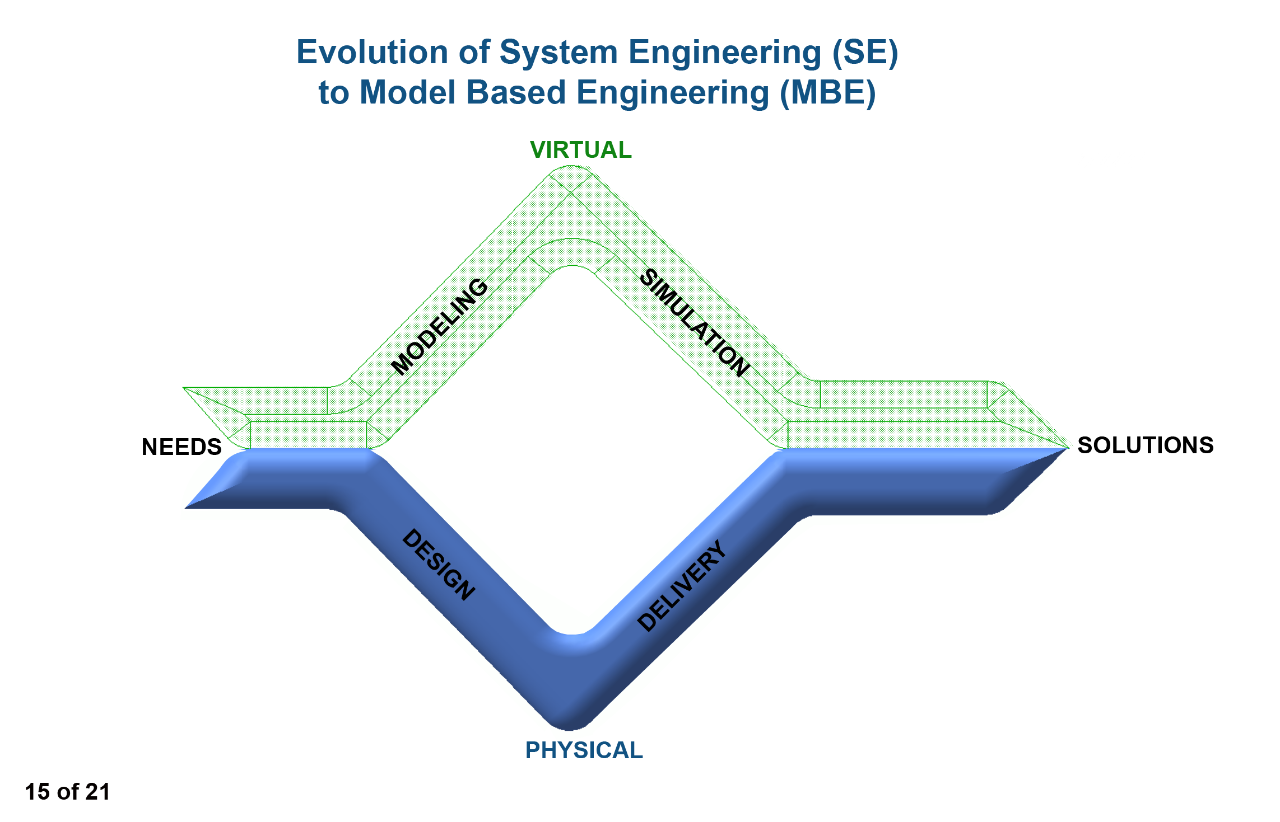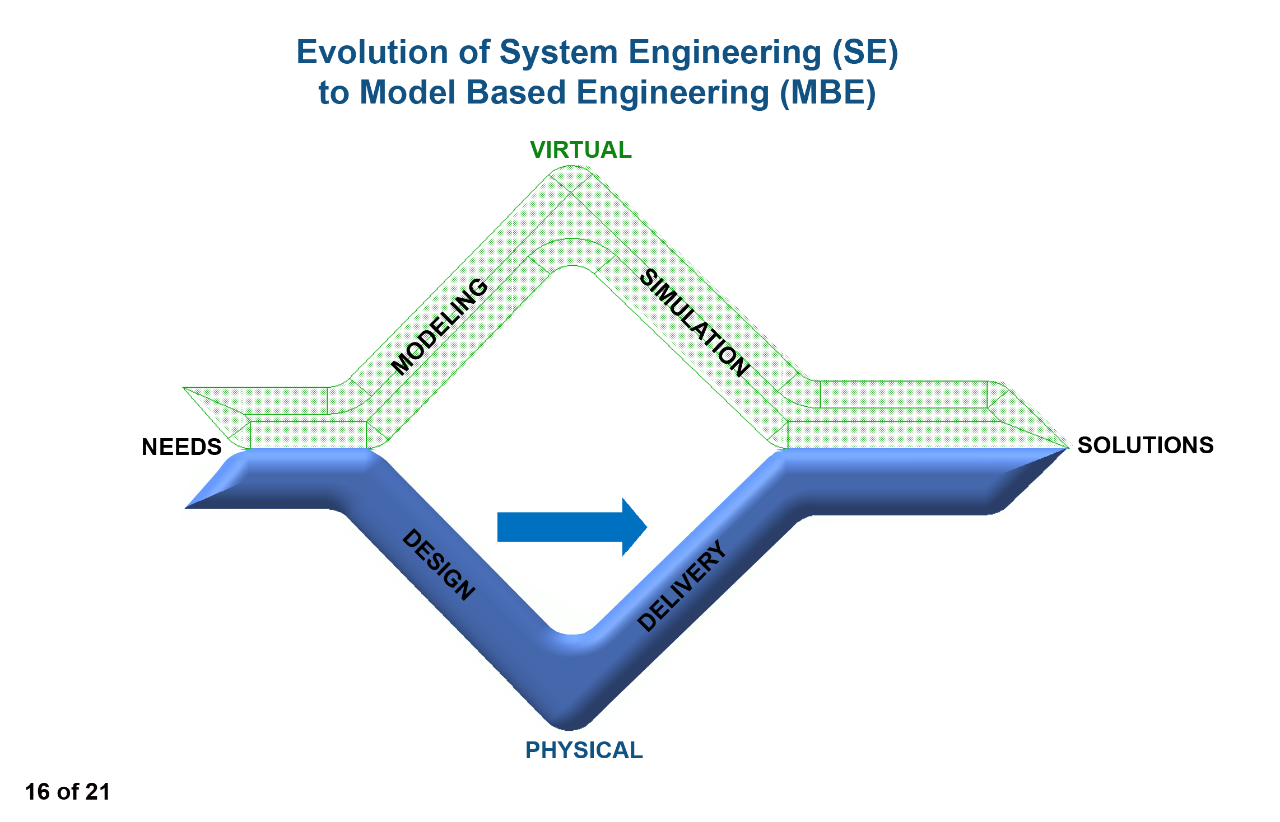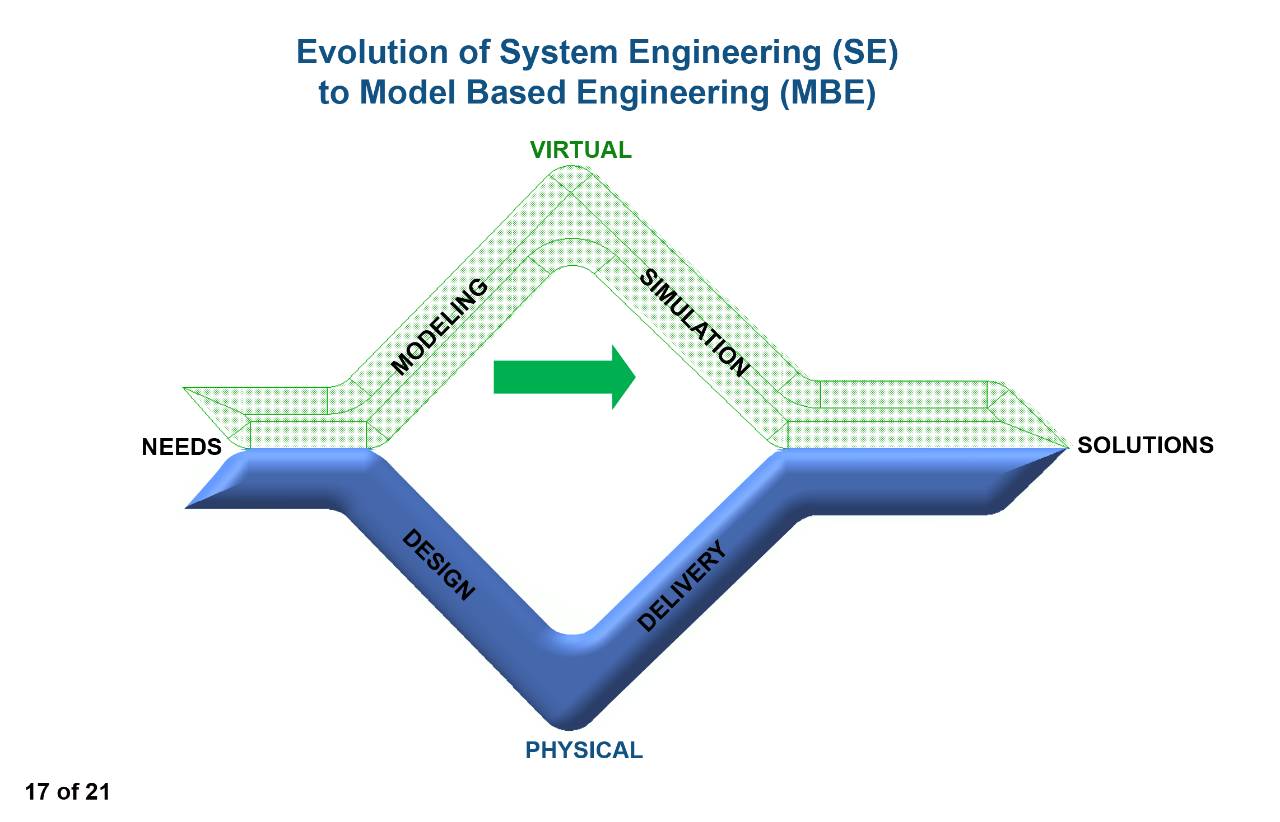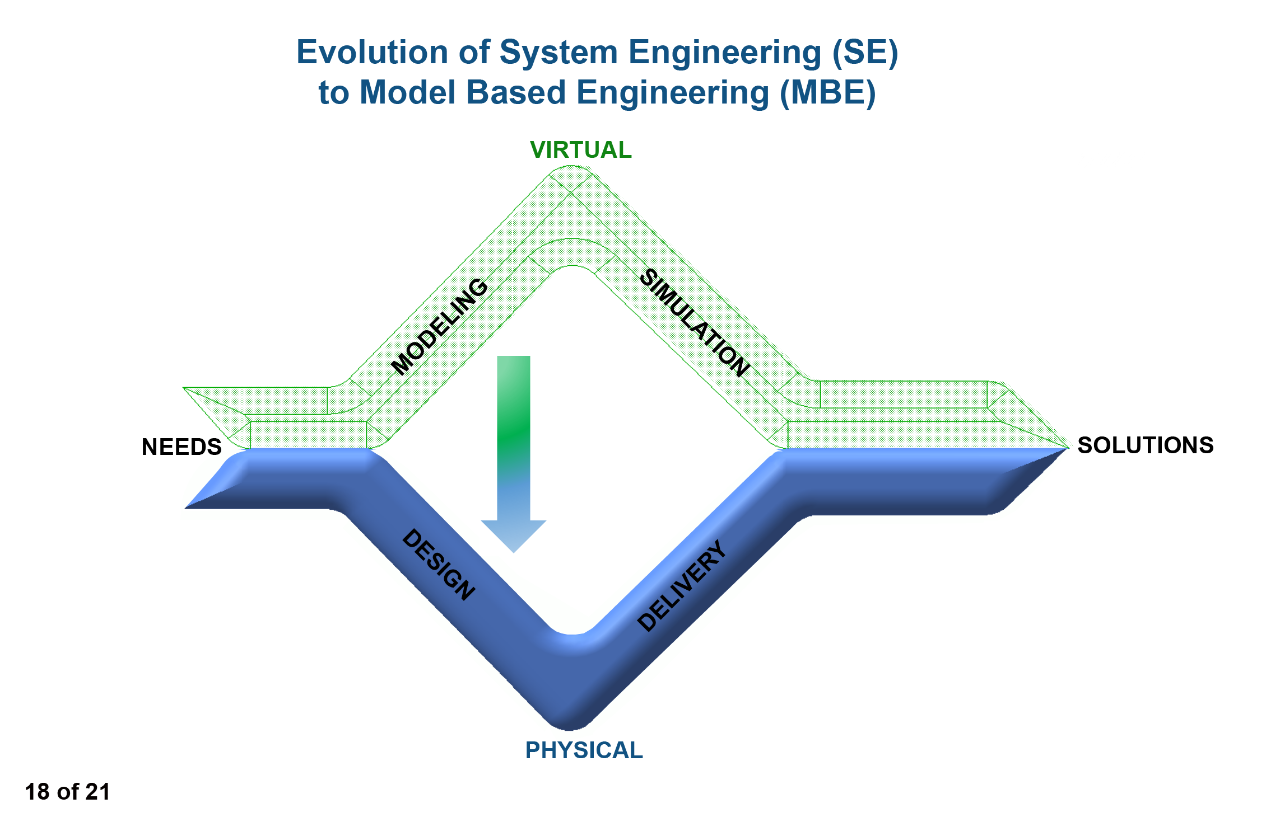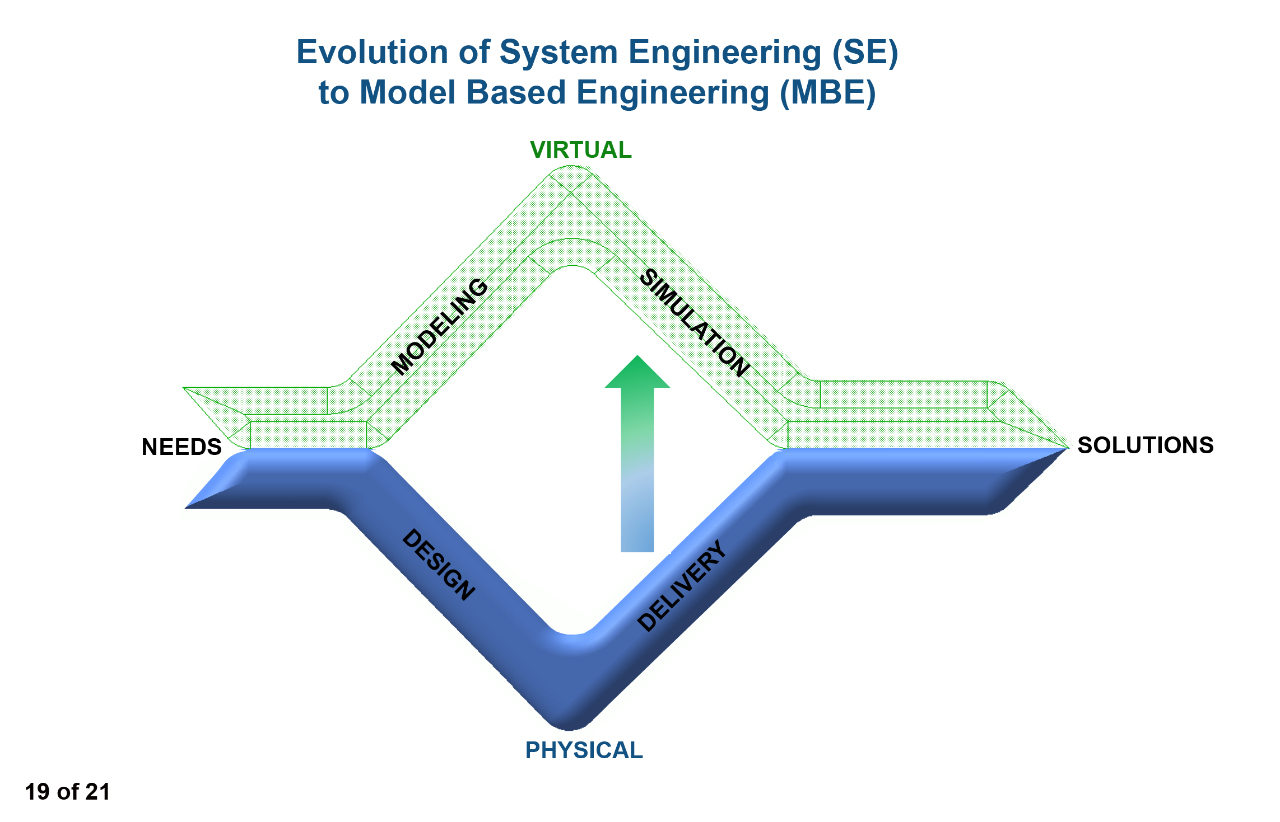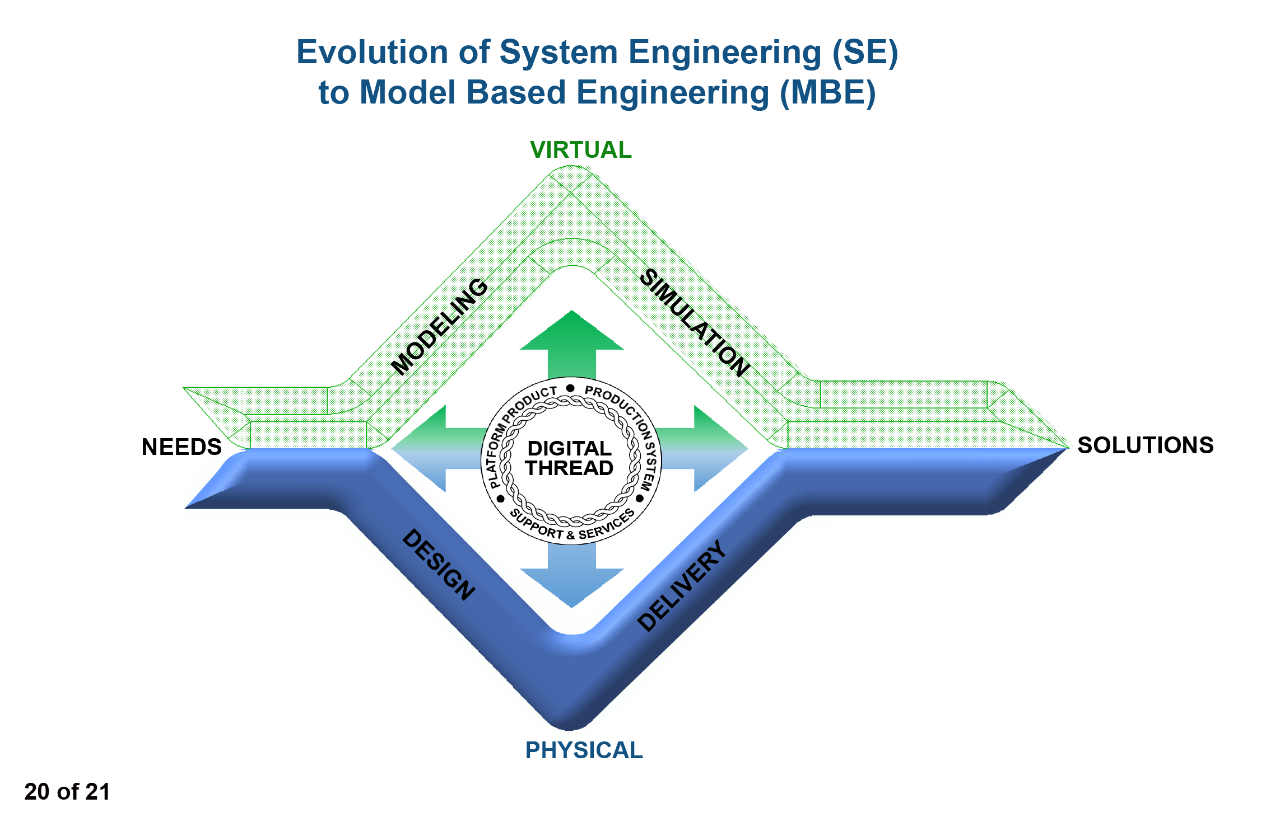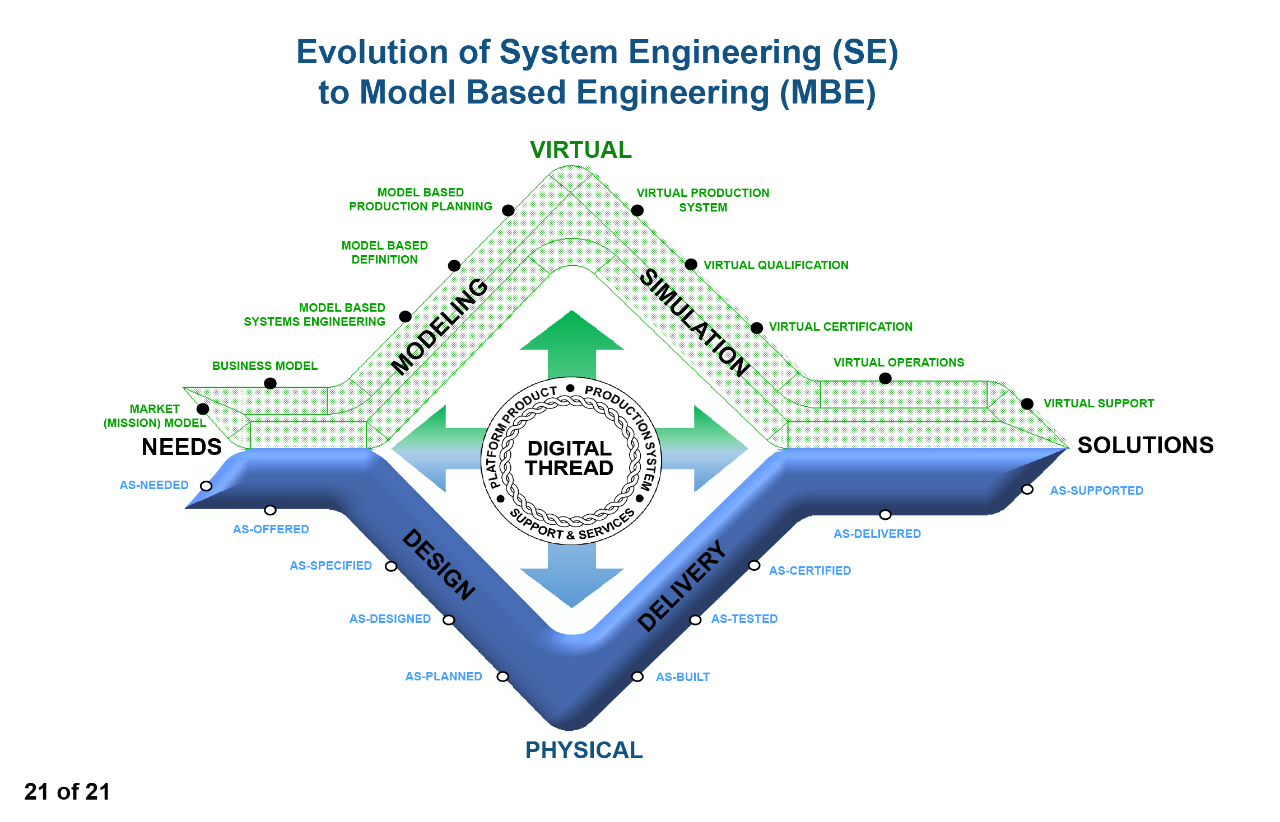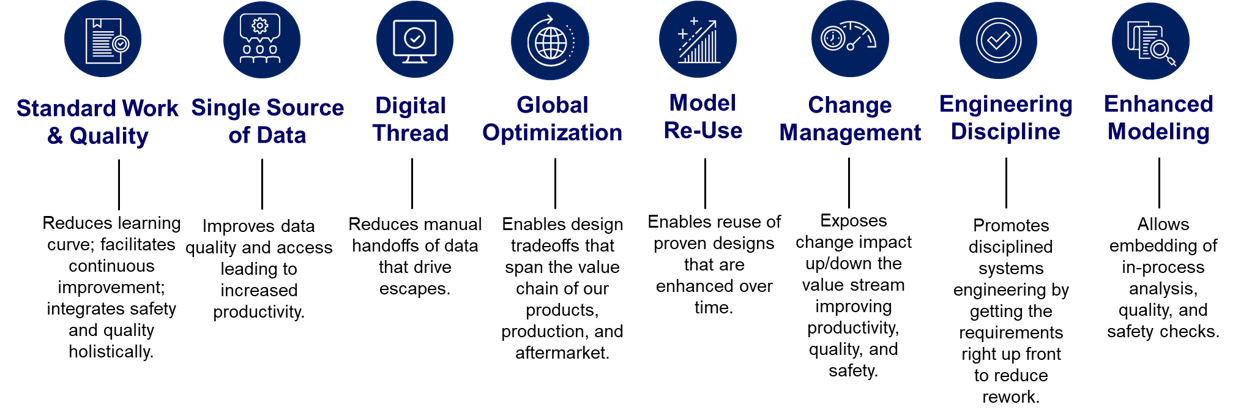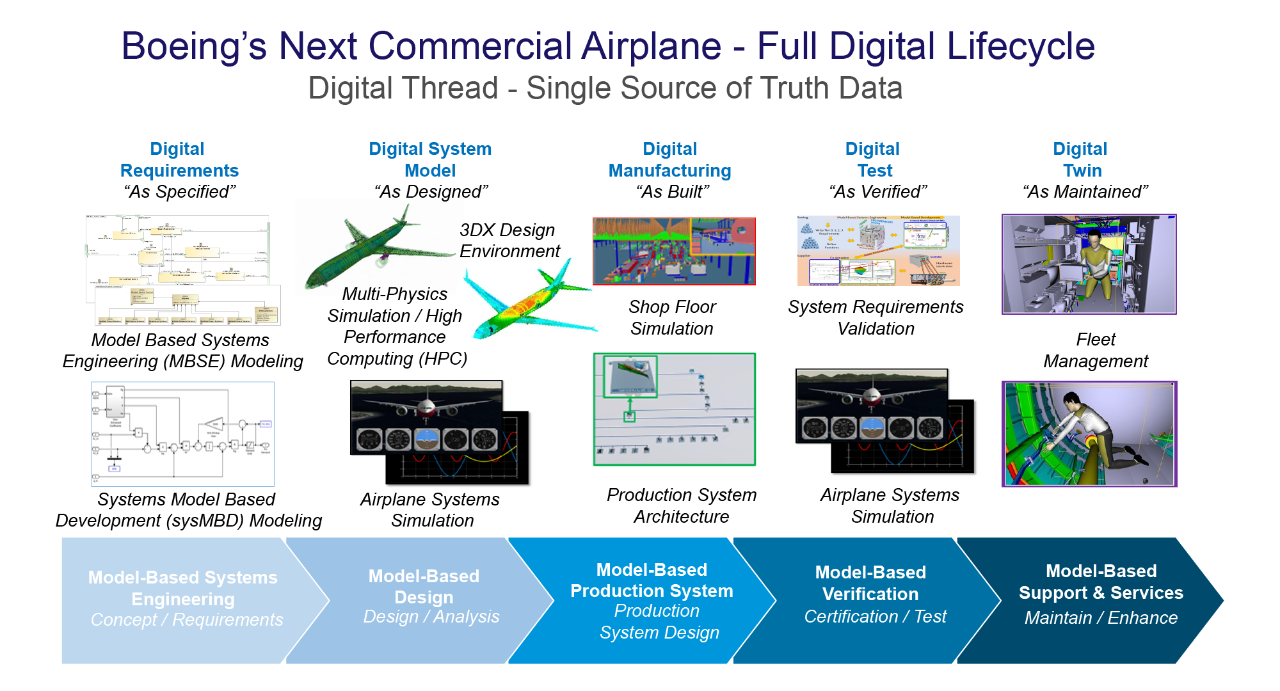Q. Why is Model Based Engineering (MBE) important to Boeing? Will MBE be mandated to be a supplier for Boeing?
A. Our business is leveraging the full capability of digital and our supply base is integral to that journey. We are adapting to take advantage of these capabilities as they are foundational for our future programs and we encourage our suppliers to continue to grow their digital competencies.
Q. What should my strategy be to best align with Boeing’s expectations?
A. You should identify what standards are available to you considering the following questions:
- Does your business strategy acknowledge data standards?
- Do your tools implement the key data and process standards?
- Are your technologies supported by industry standards?
- Does your capability roadmap acknowledge the essential nature of the digital transformation, support a digital ecosystem and digital thread? Additionally, does it acknowledge emerging standards or capabilities such as product lifecycle management where we often see capability gaps?
Q. Is Boeing going to dictate the use of particular tools and/or tool suites?
A. In the vast majority of cases Boeing does not plan to mandate any particular tools or tool suites. Rather our emphases will be for supplier models and data to seamlessly integrate with our Boeing MBE environment through standardized interactions and data specifications.
Q. When can I expect to see requirements for MBE in your Request for Quote (RFQ)/Request for Proposal (RFP)?
A. New program activity will always guide our efforts. That said, we are developing User Stories, Source Control Drawing, Product Specification, Statement of Work and Engineering Administrative Agreement strategies and enhancements that will convey our model based requirements and identify the data standards which enable model-based interoperability. As always, we will want your comments.
Q. Who do I contact as resource for questions about MBE at Boeing?
A. You can e-mail BoeingSupplyChainMBE@boeing.com with questions or comments.
Note: This content does not modify any contract with Boeing or serve as guidance on contractual requirements. Any questions regarding contractual performance should be submitted in accordance with the terms of the contract.

